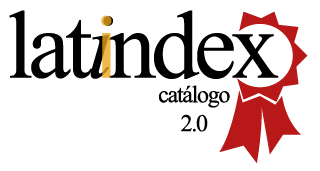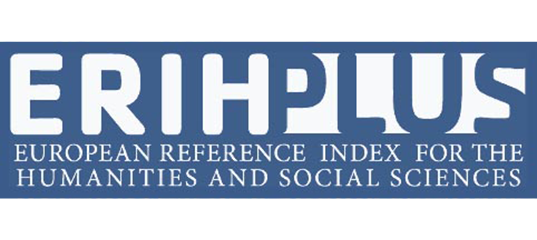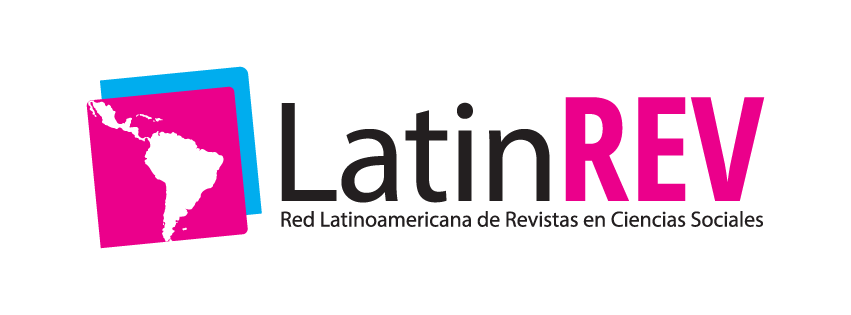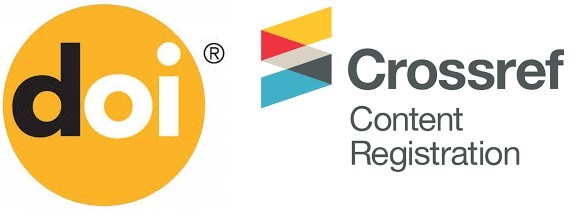Neuroscience in the teaching of English
DOI:
https://doi.org/10.29018/issn.2588-1000vol2iss13.2018pp3-10Palabras clave:
Neuroscience, brain, education, teaching, english, methodological strategies, constructivismResumen
This study seeks to give an approximation to the role of the use of neuroscience in the teaching of the English language, to create educational resources to a language with a communicative approach teaching and reflecting on the implementation of methodological strategies congruent to modern education, is made a revision to new contributions in the pedagogical field, which include neural studies to see more closely how it develops and mature central nervous system and the brain, so now that the emphasis on learning a foreign language has become popular in recent decades, arduous way seeks to methodological strategies and activities to enhance their learning, which in this study proposes the use of six teaching strategies based on knowledge of how the brain, which are a contribution to reduce the educational gap between the old and the new school.
I conducted this study is with teachers of English from the University of Agraria del Ecuador. The correlational descriptive method is used and as results were obtained that the relationship between the studied variables is positive.
Descargas
Citas
Ardila,A.,& Rosselli, M.(2007). Nueropsicología Clínica. En A. Ardila, & M. Rosselli, Nueropsicología Clínica (págs. 80 - 81). Sonora, Méjico: El Manual Modeno.
Baquero, R. (1997). Vigotsky y El Aprendizaje escolar. Buenos Aires: Aique Grupo Editor S.A. Recuperado el 1 de Mayo de 2016
Barón, L., & Müller, o. (2014). scielo.org.co. Obtenido de http://www.scielo.org.co/• Battro, A. (2012). Neuroeducación: el cerebro en la escuela. Scielo. Recuperado el 26 de Octubre de 2016, de http://www.scielo.org.co/
Bolland, S. (30 de junio de 2016). Neuroscience, AI and the Future of Education. South Bank, London, U.K. Recuperado el 20 de Octubre de 2016, de www.youtube.com
Campos, A. L. (2010). Neuroeducción: uniendo las neurociencias y la educacion. La Educacion Revista Digital(143), 1-28. Recuperado el 03 de Abril de 2016.
econo.unlp.edu.ar/. (Febrero de 2009). econo.unlp.edu.ar/. Recuperado el 02 de Noviembre de 2016, de www.econo.unlp.edu.ar/uploads/docs/e_news_
Lolín Ortiz, M. (2010). dspace.ups.edu.ec/. Recuperado el 11 de Noviembre de 2016, de http://dspace.ups.edu.ec/
Manes, F. (s.f). udesa.vps31.syncromind.com/. Recuperado el 04 de Noviembre de 2016, de http://udesa.vps31.syncromind.com/
Méndez, P. (2015). Técnicas Metodológicas Constructivistas para Potencializar el proceso de Enseñanza Aprendizaje del idioma Inglés. Milagro.
Norden, J. (7 de Abril de 2014). Brain Areas involved in Different Types of Memory. Nashville, Tennessee,United States. Recuperado el 8 de Abril de 2016.
Velásquez Burgos, B., Calle M, M., & De Cleves, N. (Julio-Diciembre de 2006). Teorias Neurocientificas del aprendizaje y su implicación en la construccion de conocimiento de los estudiantes universitarios. Tabula Raza, 229-245. Recuperado el 05 de Abril de 2016.
Willingham, D. T., & Lloyd, J. W. (2007). How Educational Theories Can (Vol. 1). Malden Ma.: Blackwell Publishing, Inc.



























